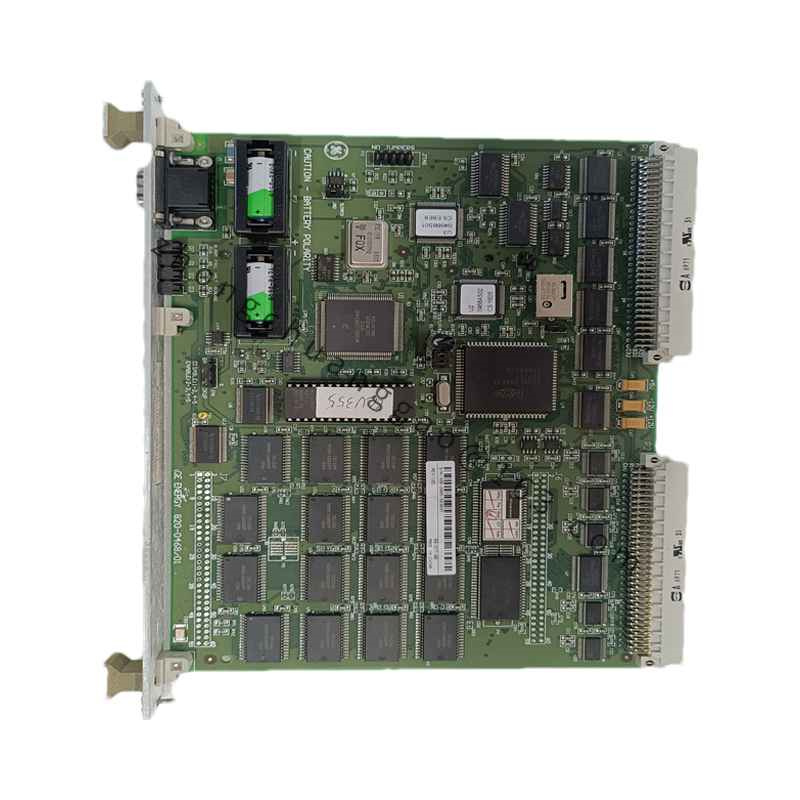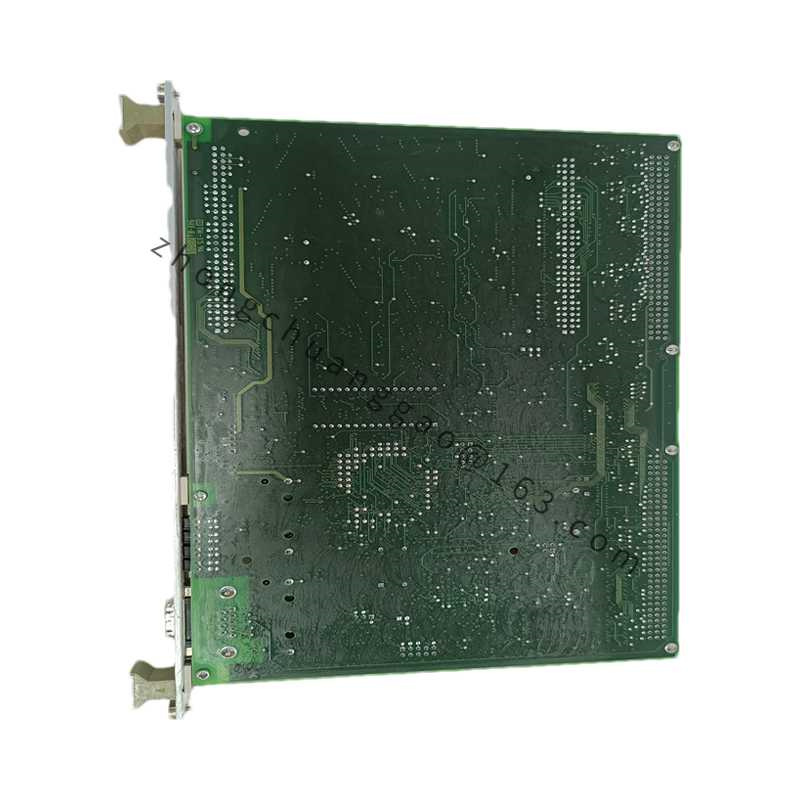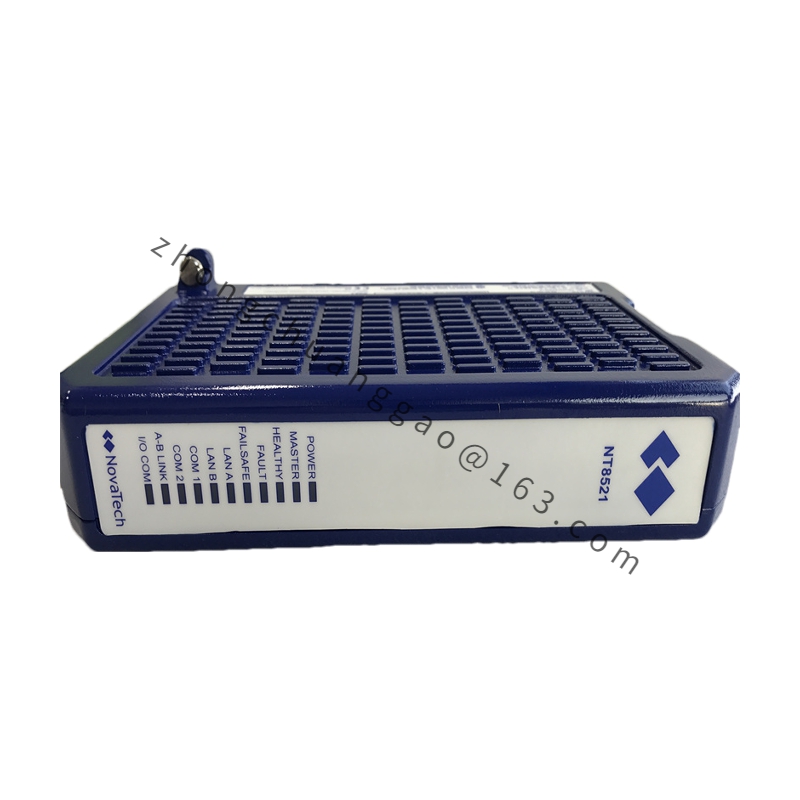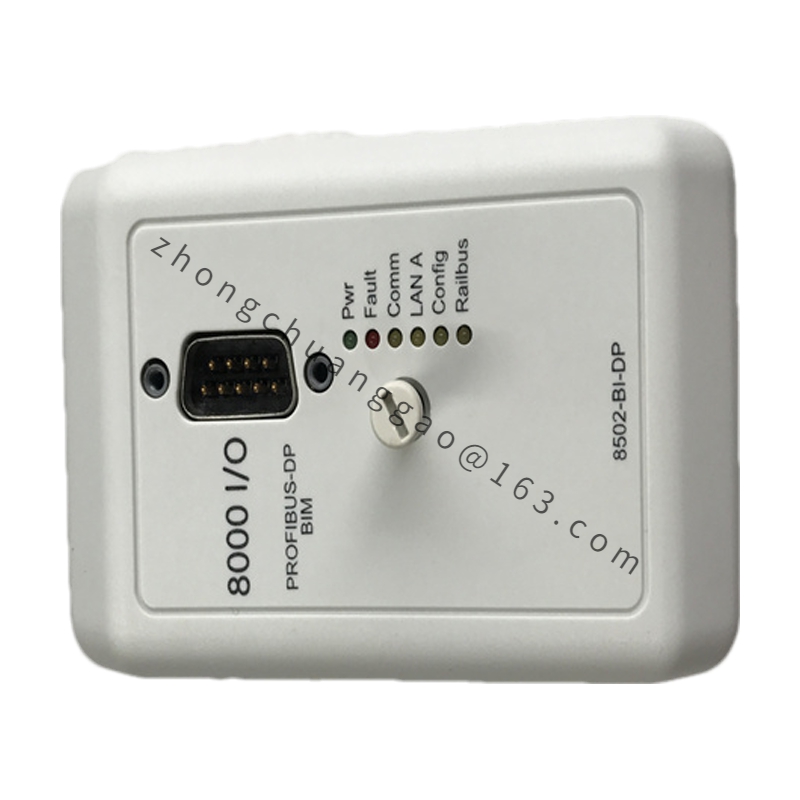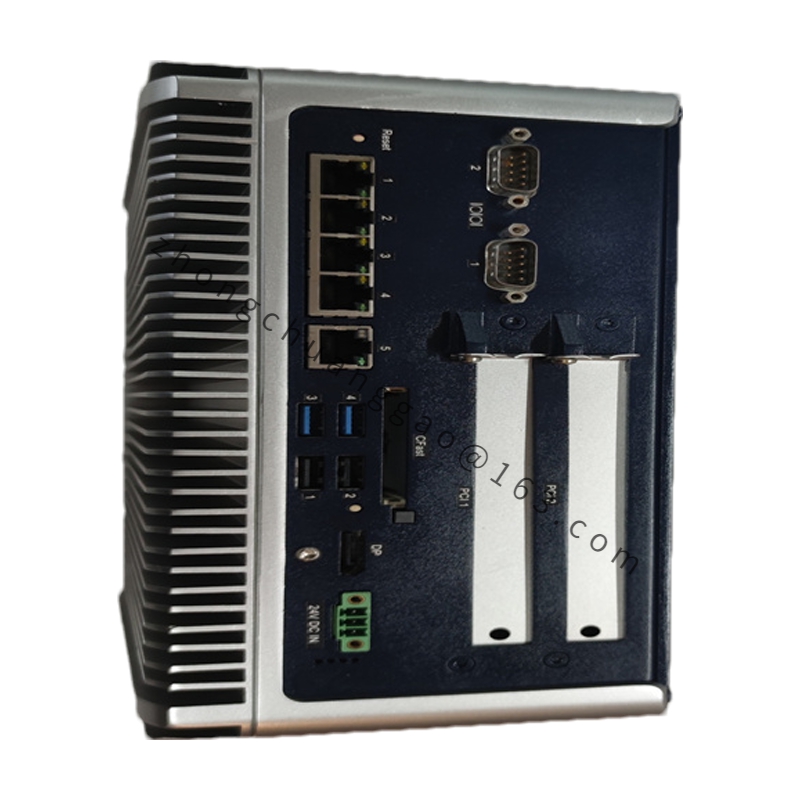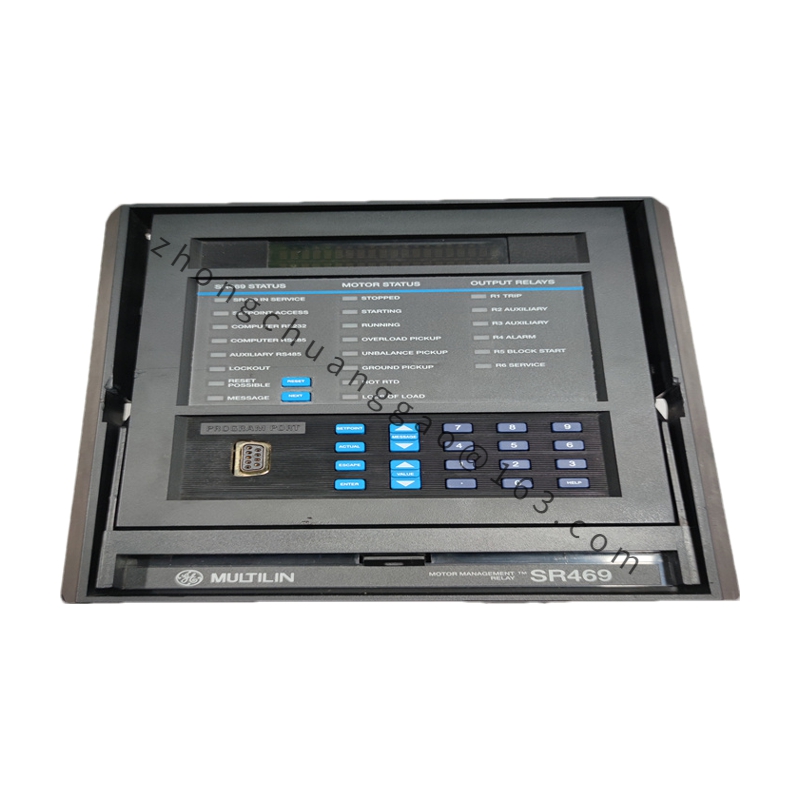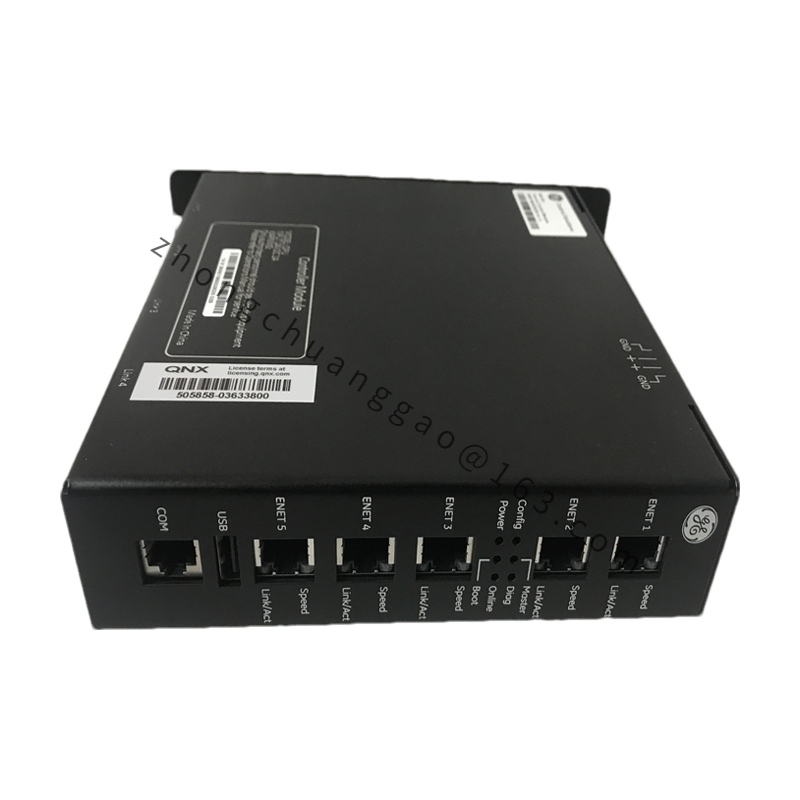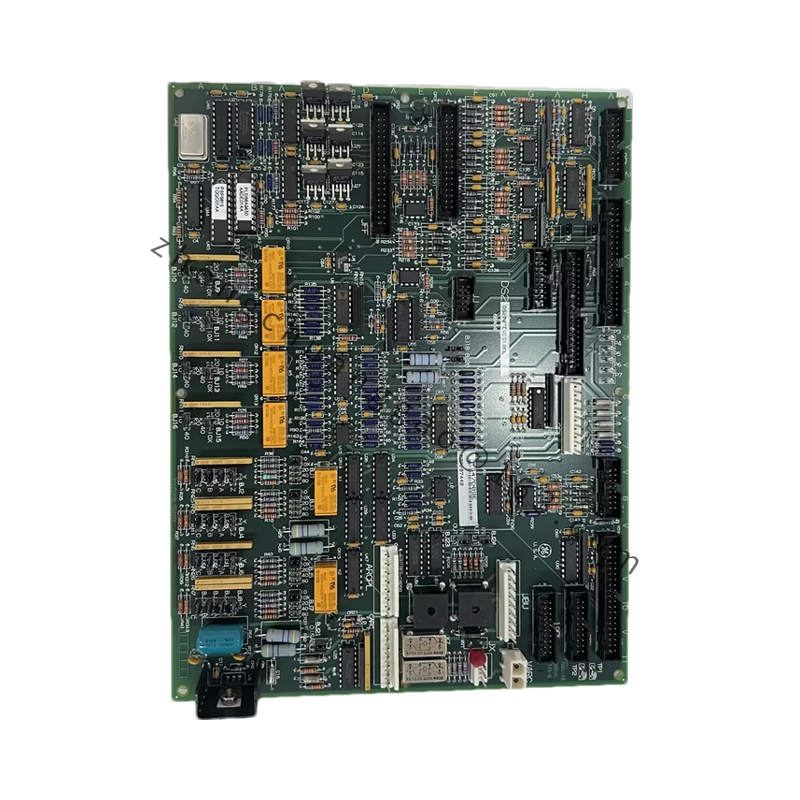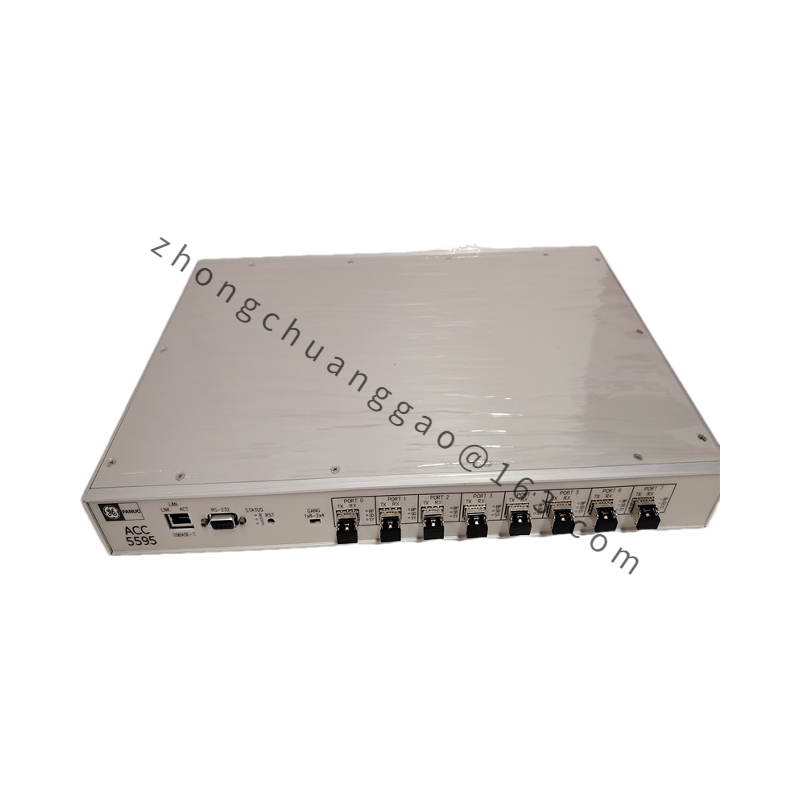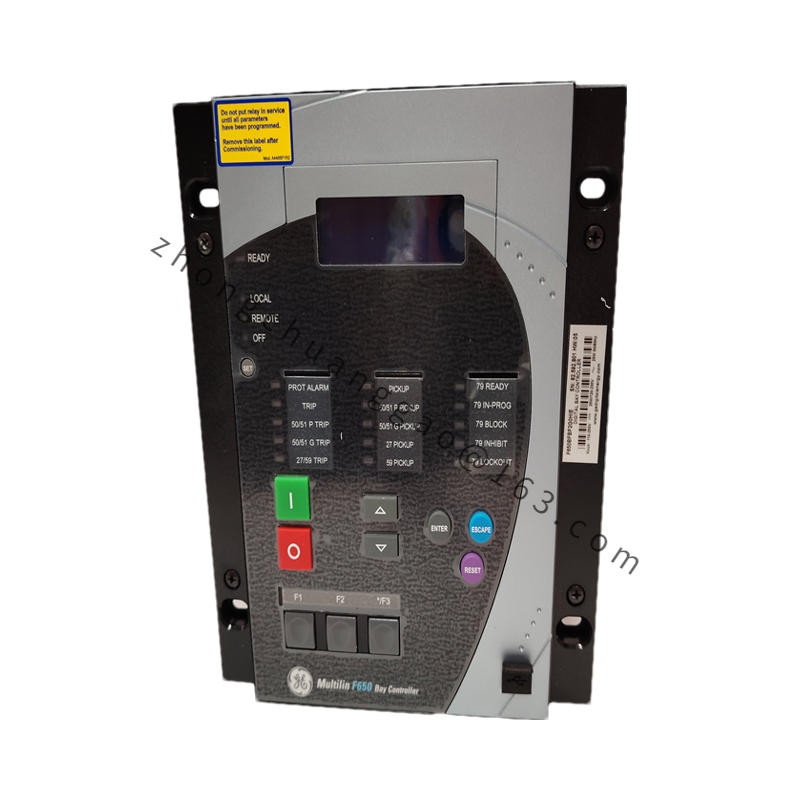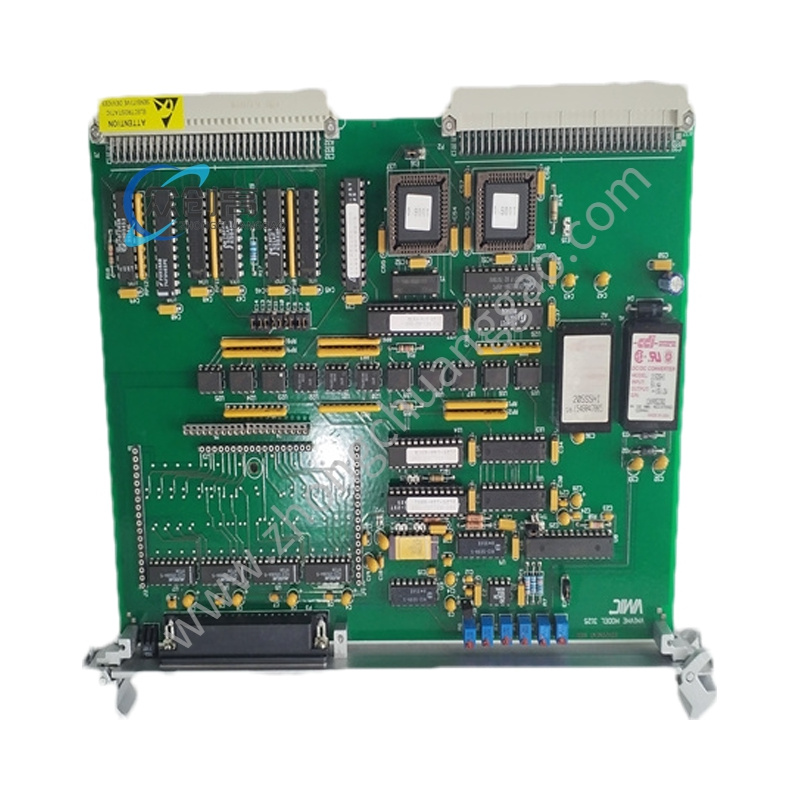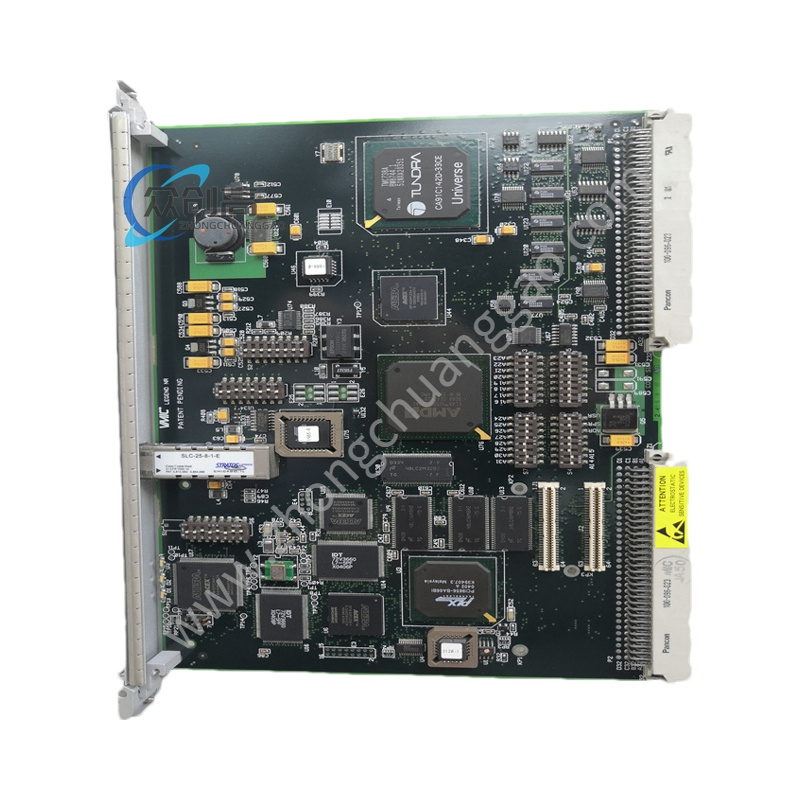Detailed content
Technical Specifications
- Model: WESDAC D20ME
- Type: Industrial Control Module
- Functionality:
- Provides control and monitoring functions in industrial automation systems.
- Part of the WESDAC series, which is known for its role in data acquisition and control applications.
- Power Requirements:
- Voltage: Typically operates on standard industrial power supplies, often 24V DC or 110V AC. Specific voltage requirements should be confirmed with the module’s datasheet.
- Power Consumption: Detailed power consumption information is provided in the technical documentation.
- Physical Specifications:
- Form Factor: Designed for mounting in industrial control panels or racks.
- Dimensions: Specific dimensions are available in the module’s datasheet or technical specifications.
Features
- Control and Monitoring:
- Offers capabilities for controlling and monitoring various industrial processes and systems.
- May include features such as digital and analog inputs/outputs, relay outputs, and signal processing.
- High Reliability:
- Built to operate reliably in harsh industrial environments.
- Designed to manage electrical noise and other environmental disturbances.
- Modular Design:
- Integrates easily into existing control systems.
- Modular design supports flexible system configuration and expansion.
- Communication Interfaces:
- Equipped with communication interfaces for connecting to control systems and other modules.
- Supports standard communication protocols for efficient data exchange and system integration.
- Versatile Applications:
- Suitable for a range of industrial control and automation tasks.
Applications
- Industrial Automation:
- Used in automation systems to provide control and monitoring functions.
- Ideal for managing equipment and processes in manufacturing and production environments.
- Process Control:
- Applied in process control systems to handle control and monitoring tasks.
- Enhances the ability to manage and optimize industrial processes.
- Data Acquisition:
- Facilitates the acquisition and processing of data from various sources.
- Supports accurate data collection and analysis.
- Embedded Systems:
- Integrated into embedded systems that require control and monitoring capabilities.
- Provides essential functionality for embedded applications.
- Building Automation:
- Can be used in building automation systems for controlling systems such as HVAC, lighting, and security.
- Suitable for commercial and residential building applications.

